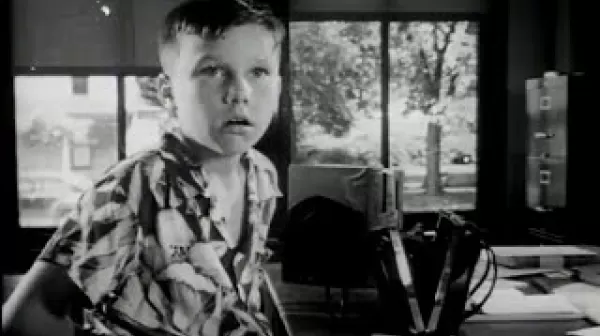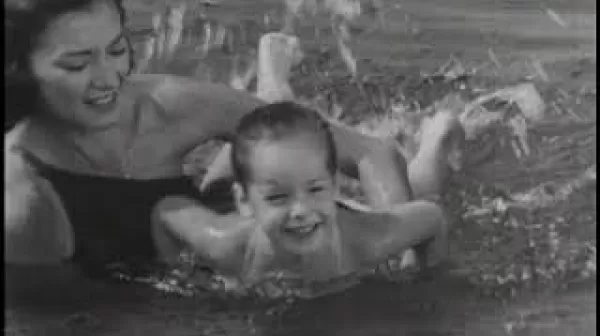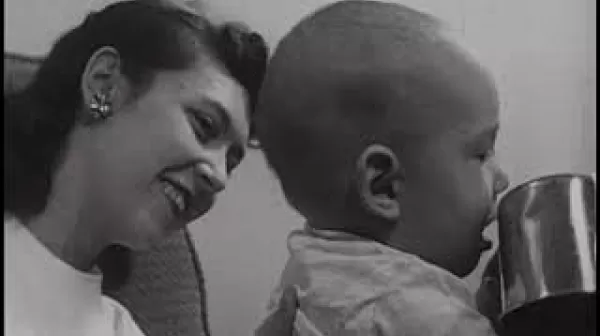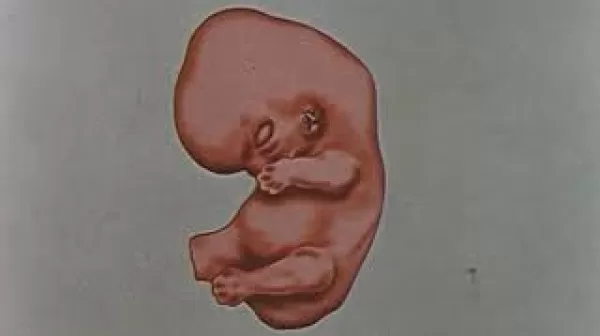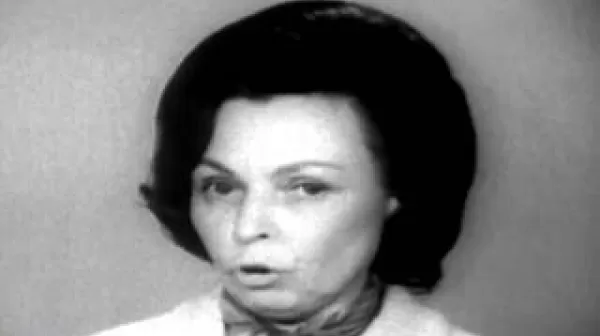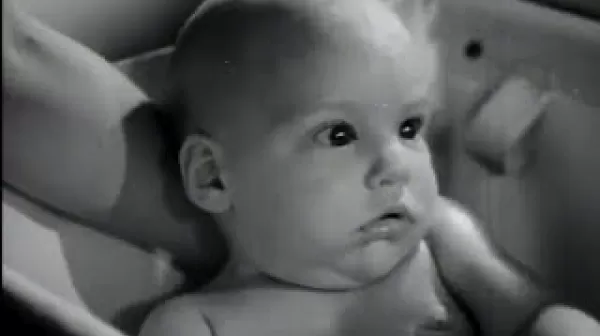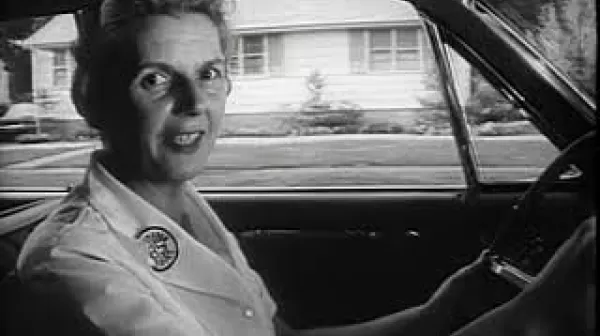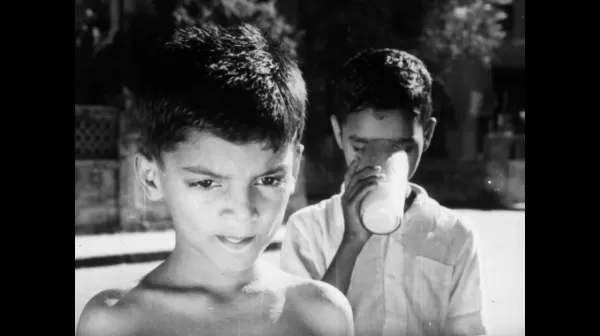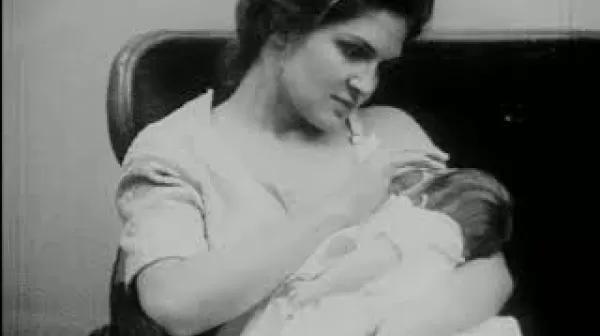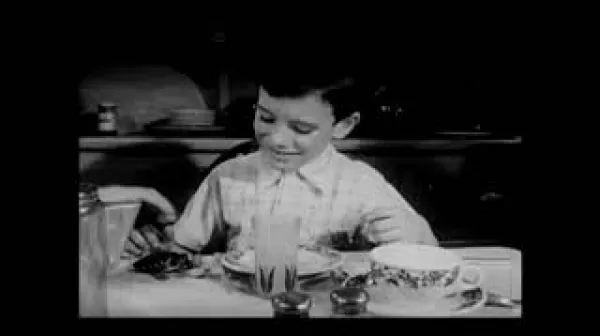Angry Boy (National Association for Mental Health, 1951)
This film examines child psychology through the story of a boy named Tommy Randall who has behavioral issues and has been caught stealing in school. The principal suggests to Tommy's mother, Mrs. Randall, that she send him to counseling. She reluctantly agrees, and she, too, speaks with a social worker about their home life. The counseling sessions are enjoyable and helpful for Tommy. The therapist and social worker suspect that Tommy's mother and his home life are the cause of his troubles. Mrs. Randall's mother lives with the family, and still treats her daughter like a child. Mrs.

